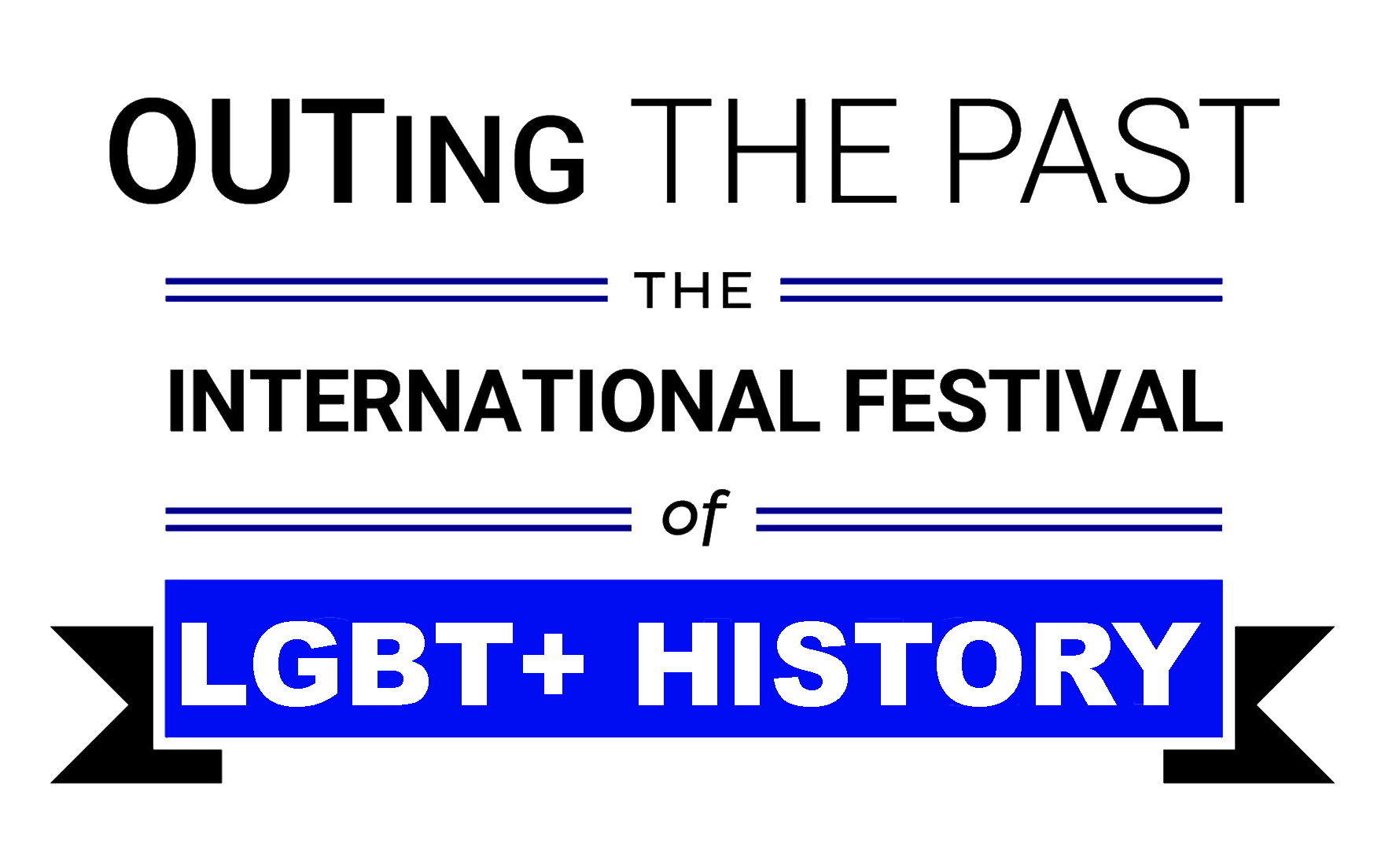OUTing The Past 2019 Festival Programme: Bergen, Norway
Bergen public library
Strømgaten 6
5015 Bergen
Norway
1) Respecting Diversity
The story of a girl who was forced to live her life as a male, but after a long struggle, at the age of 67, achieved full official and legal gender recognition.
At the age of four I told my parents “that I am a girl”, nobody took me seriously. I was forced to “choose” a masculine career. Transgenders are excluded in most countries and societies – why?
Prejudices and Social Norms
How to find a way to explain in a simple way about “me being a transgender”?
Why is unnatural or sensible to assemble the different LGBTQI people in one big bag?
Different ways to understand sex and gender
I couldn’t live this miserable life any longer: I took action by starting my new life, taking responsibility in fighting for transgender human rights.
Fronting the Amnesty International campaign for Legal Gender Recognition in Europe
Taking my conflict directly to the Norwegian Government by exclaiming: “Stop the Castration of Transgender People”!
The result? The Bill was designed and implemented (2016) in the Stortinget, giving everybody the right to self-determined sex. (NB! With a lot of help from friends and likeminded.)
Transgenders in public restrooms: is this a constructed political case, or it is a real problem?
Trans children: How to safeguard their needs in the best possible way?
“Respecting diversity”: what does it really mean, and why is respecting diversity so important?
2) GENDER UNEARTHED: Exploring gender diversity in the Scandinavian Viking Age
In the year of 1889 an excavation takes place in the Viking Age town of Birka, Sweden, lead by archaeologist and ethnographer Hjalmar Stolpe. After a while, the diggers hit wood, unearthing a chamber containing a full skeleton, complete with a sword, an axe, a spear, arrows, a knife, and two shields. The remains of two large horses are found close by. The additional existence of gaming pieces among the grave goods leads the archaeologists to concluding that this must be the grave of a high-ranking viking warrior, with extensive knowledge og tactics and strategy.
For over a hundred years, the grave of the Birka warrior is used in text books as a prime example of the professional viking warrior. However, a 2017 DNA study confirms what was already brought into question in the 70s by osteological analysis – that the buried lacked a Y-chromosone. Furthermore, it turns out this is not an isolated case.
In this presentation, I aim to shed light on some of the graves unearthed in Scandinavian archaeology that challenge our perception of gender and gender roles as traditionally assigned to people in the Viking Age. Where has the Viking Age stereotypes come from? And which challenges do we encounter in the attempt of gendering graves in archaeology? Conclusively, and drawing on some of the points from extensive archaeological research, I aim to explain how transcending genders appear largely to fit into an Old Norse mentality where borders are broken down, and how it is possible for a masculine deity to give birth to an eight-legged horse.
